Learning Tones: Bengal Tiger Pyrography Practice Project
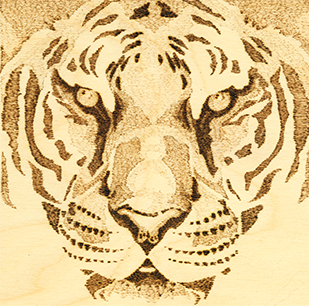
Perfect your wood burning skills with this tones technique project!
By Lora Irish in the Little Book of Pyrography
Pyrography, derived from Greek for “fire writing”, has been around since fire itself. While there isn’t hard evidence, it’s quite likely that cavemen etched the walls of their caves with fire sticks. Today, it’s primarily done on wood with a heated pen, it’s been done and continues to be done on leather, clay, bone, and even gourds. Once you get the hang of it, wood burning is very similar to drawing with shading, hues, and tones. Perfect your fire writing skills with this Bengal Tiger tones technique project!
Tonal or grayscale values refer to how dark or light a burned area appears in your work. The palest values in a woodburning are those not burned at all. Instead, the raw wood is used for the sepia tone of that area. The darkest tonal value will be areas you burn at high temperatures to a near-black tone. A range of tones, from pale tans to mid-browns and on into dark browns, falls between the two extremes. This range of tonal values worked from the palest progressively through the mid-tones into the black is called a tonal value scale. Tonal value scales are called gray scales when you are working with black-and-white photographs. For woodburnings, they are called sepia value scales because of the soft beige through rich deep browns of the burned wood. In woodburning, how pale or dark your tonal value for an area becomes depends on the temperature setting of your burning unit, the time the tip touches the wood, and how loosely or tightly packed your burn strokes are in an area. The tiger portrait is divided into five tonal values: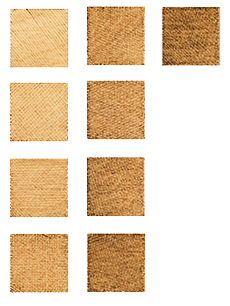
- Black for around the eyes, nose, and mouth
- Dark for the wide facial stripes
- Medium for the shading along the sides of his face, chin, and nose
- Pale for light shading through the nose, forehead, and under the eyes
- White (unburned) areas in what would be the white stripes of his face
Supplies:
-
- 8″ x 8″ (20 x 20cm) birch plywood
- Variable-temperature burning unit
- Standard writing tip
- Matte acrylic spray sealer
- FREE tiger pyrography pattern (click here!)
Bengal Tiger: A Study in Tonal Value Scales on Wood
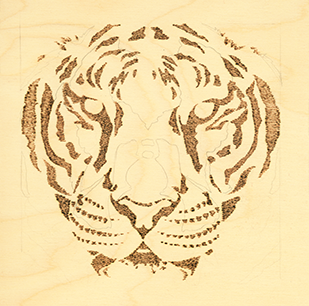
- Dark tonal value. After tracing the pattern to the wood, I worked my dark tonal values using a medium-high temperature setting. For my unit, that is a setting between 6 and 6.5 on the dial. I used a tightly packed short line stroke that was worked with the direction of the wood grain. As I worked, I moved the tooltip in a slow, smooth motion across the wood. The slow motion, tightly packed strokes, and medium-high setting gave me an even deep brown tonal value. Scrubbie stroke. The scrubbie stroke is made with a quick
 back-and-forth motion. The number of small scrubbie lines, the temperature setting, and the number of layers of burning determine the tonal value.
back-and-forth motion. The number of small scrubbie lines, the temperature setting, and the number of layers of burning determine the tonal value. - Medium tonal value. To lighten the tonal value in the next areas to be burned, I turned down my temperature setting to just below 6, a medium setting for my unit.
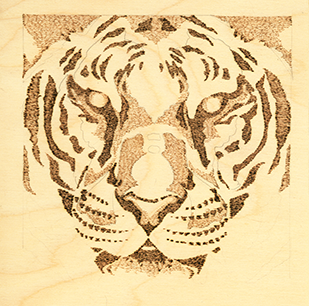 Otherwise, I used the same slow movement with the grain to burn the tightly packed short line strokes. The simple adjustment to my temperature setting created a new tonal value of medium brown. Short strokes. Because the scrubbie stroke uses very short lines, there is a large amount of overlapping in any one layer of work. The overlap creates small dark spots and extra dark lines—perfect for a tiger’s fur. Working the stroke with the grain of the birch plywood adds to the fur effect.
Otherwise, I used the same slow movement with the grain to burn the tightly packed short line strokes. The simple adjustment to my temperature setting created a new tonal value of medium brown. Short strokes. Because the scrubbie stroke uses very short lines, there is a large amount of overlapping in any one layer of work. The overlap creates small dark spots and extra dark lines—perfect for a tiger’s fur. Working the stroke with the grain of the birch plywood adds to the fur effect. - Pale tonal value.
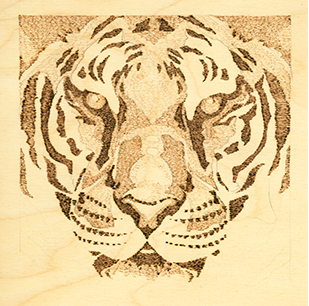 For my pale-value burned areas, I turned down my temperature setting to about 5.5, a low-medium
For my pale-value burned areas, I turned down my temperature setting to about 5.5, a low-medium
setting for my unit. I increased the speed of my burning motion, which kept the tooltip on the wood for a minimal amount of time. I also allowed more space between each short line stroke. This small amount of space allows some of the raw wood to show through the burned area, helping to keep this area in a pale-tan tonal value. - Black tonal value. My black tones were worked last by turning my temperature back to 6.5 and using a very slow motion with the tooltip. Again, I used a tightly packed short line stroke to fill the areas around the eyes, nostrils, and mouth. I now have a completed burning with little or no texture and no outlining or detailing. The entire pattern was worked by using only four burned tonal values and the white of the raw, unburned wood. With tonal values alone I created a Bengal tiger’s face. The completed project has distinct tonal values from the white of the wood through the black tones surrounding the eyes.
For more woodburning technique, exercises, designs, and patterns, get your copy of Lora Irish’s Little Book of Pyrography!
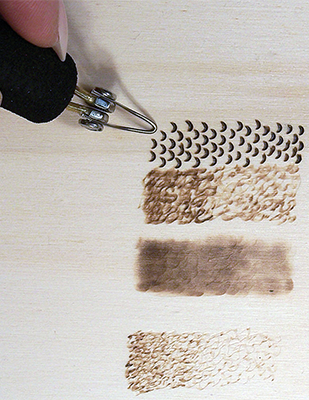
Little Book of Pyrography

Yearn to Burn: A Pyrography Master Class
Take your woodburning art to the next level by taking a masterclass with award-winning pyrographer Simon Easton! This inspired sequel to Learn to Burn offers the opportunity to advance your skills with guidance from a master craftsman. Nineteen new projects with clear instructions and step-by-step photographs fit a wide variety of occasions and decors.

Woodburning Realistic Animals
Woodburning Realistic Animals shows how to create amazingly lifelike portraits of domestic animals and wildlife with 12 step-by-step projects plus skill-building tutorials for creating realistic eyes, short fur, long fur, manes, and whiskers.
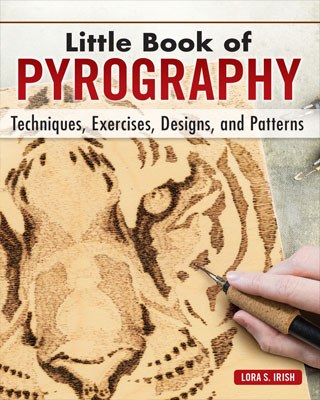
Little Book of Pyrography
This handsome hardcover gift book makes woodburning easy by walking beginners through all the basics of materials, tools, and techniques. Seven skill-building pyrography projects provide step-by-step exercises in using temperature, time, layering, and texturing to create artistic tonal values.
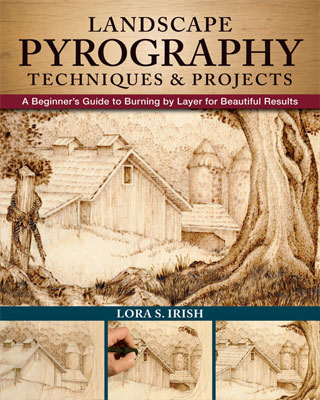
Landscape Pyrography Techniques & Projects
Create realistic landscape pyrography burnings with this comprehensive guide. Discover easy-to-learn methods for working in layers to obtain stunning results, along with 4 practice projects, a step-by-step Mail Pouch Tobacco-style barn project, and dozens of ready-to-use patterns with finished examples.
Get Exclusive Email Offers And Receive 15% OFF On Your First Book Order!

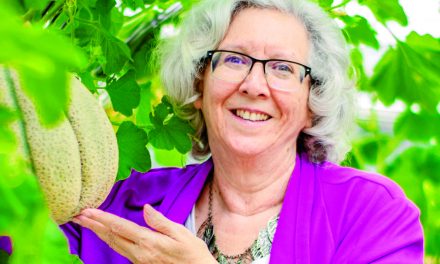
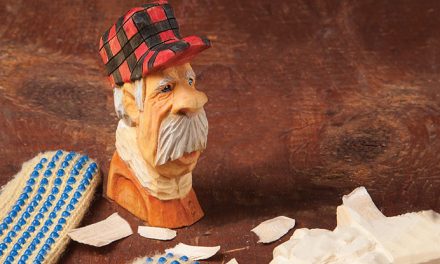
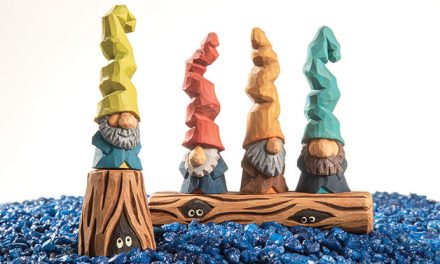
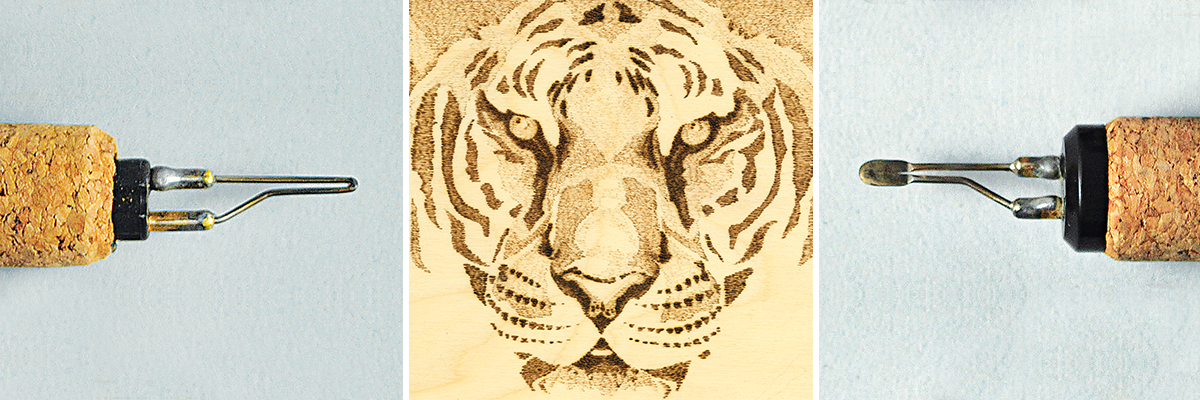

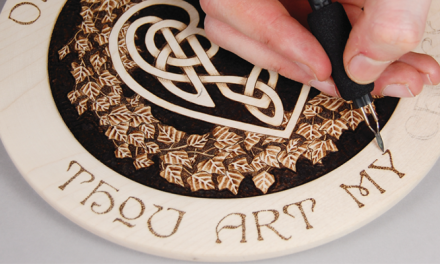
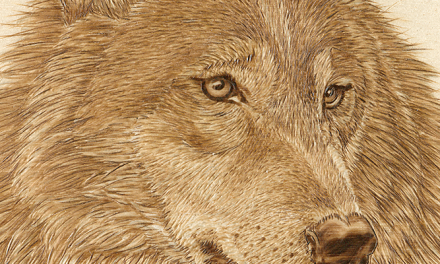
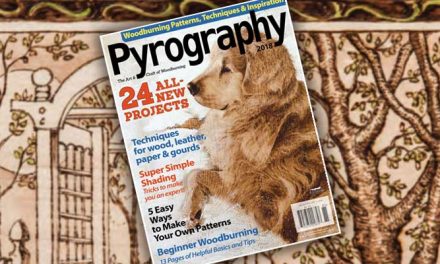

Recent Comments